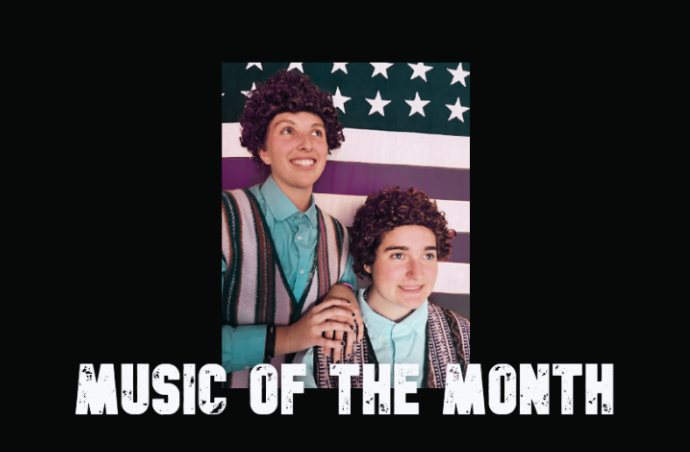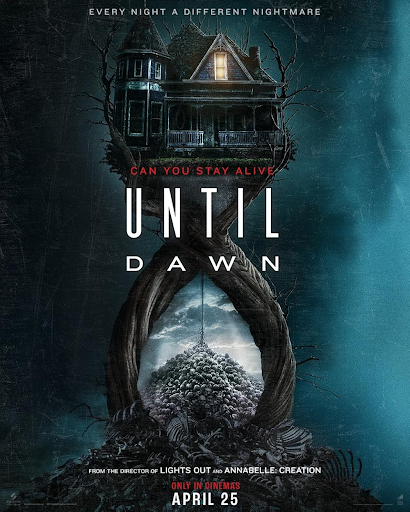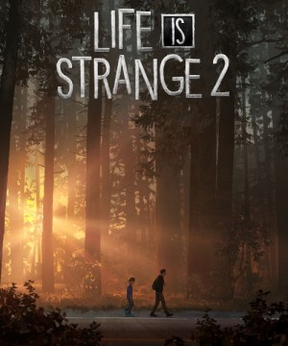Spooky season has arrived! We are very excited to return to our themed MOTMs for the holiday season. Enjoy!
Cali’s Picks
“Frankenstein” by New York Dolls, “New York Dolls” (1973)
Crawling to the mainstream front from New York’s underground scene in a whirlwind of drag, fuzzy guitars, and outlandish stage persona, New York Dolls formulated one of the first pioneering punk albums with their self-titled 1973 debut. Deriving from this album and serving as the fifth song, is “Frankenstein,” an eclectic cut that uses the titular monster as a metaphor for the now-disappointing and monstrous New York City. Clocking in at nearly six minutes, the number combines unique elements from a wide range of genres, including strong power chords, background guitar soloing, and David Johansen’s flamboyant vocals. The track is very vocal-heavy, providing a sequential story with impressive background instrumentation until the climactic outro where Johansen’s drawls are drowned out by Johnny Thunders and Sylvain Sylvain’s guitars that gradually grow louder. This outro consists of Johansen warning the listeners of the dangers of “Frankenstein,” leaving with the question “Do you think you could make it with Frankenstein?” Shortly after, the lengthy, yet melodic number dies out in uproarious bouts of amp feedback and screams courtesy of Johansen. The ditty should become a staple for anybody’s Halloween playlist, especially fans of early punk and glam rock.
“Howlin’ For You” by The Black Keys, “Brothers” (2010)
Serving as the fourth song on The Black Keys’ sixth studio album, “Brothers,” “Howlin’ For You” is an anthemic number that depicts the story of longing for someone. The track kicks off with rhythmic drum beats, courtesy of Patrick Carney, that mimic the pattern of Gary Glitter’s 1972 hit “Rock And Roll Part II,” before quickly switching into the muffled verses. Throughout the composition, Dan Auerbach produces distorted vocals and a warped guitar tone to channel the overpowering energy of sleaze. The song has no real chorus, but features many catchy refrains of “Baby, I’m howlin’ for you,” as well as group chants during the bridge. Although much emphasis is placed on the vocal components of the track, the instrumental outro highlights Auerbach’s exemplary guitar skills and musicianship. With its extremely catchy melodies and lackadaisical transitions, the track has grown to become one of the duo’s most popular, being featured in a range of media from “Deadpool” to the Arizona Coyotes’ hockey goal song.
“I Put a Spell on You” by Screamin’ Jay Hawkins, “At Home With Screamin’ Jay Hawkins” (1958)
One of the most recognizable and covered songs of all time, “I Put a Spell on You” has become a spooky season staple due to the gripping instrumentation and enthralling lyrics that produce an overall eerie vibe for the listener. The vigorous orchestra begins the song in a bluesy and melodic manner, courtesy of the horn section and booming bass. Even with the instrumental section taking much prominence, “Screamin’” Jay Hawkins shows throughout the track just why he’s earned the moniker with his passionate, yet cacophonic vocals. The prominent horns and piano provide a staccato backing for Hawkins throughout the track, especially within the avant-garde verses that include many shifts in pitch and chaotic laughs, wails, and drawn-out notes. The short composition is broken up by a riveting saxophone solo that plays with a mysterious tone, perfectly bridging together the sporadic tidbits of the composition. Although the tune is simple in nature, it creates a spellbinding aura that enraptures nearly any audience to the notorious number.
Brianna’s Picks
“Maneater” by Daryl Hall & John Oates, “H2O” (1982)
Opening with a distinguishable drum and bass intro, “Maneater” is easily recognizable as a Halloween bash favorite. On their 11th studio album, the synth-pop duo features the usage of a drum machine (Linn LM-1), saxophone, synthesizers, and anything else that Hall and Oates utilized to make standout tracks on the radio. The main feature of this track would have to be the creeping bass, standing its prominence as the backbone of the track – even through the sax solo. This lengthy interlude provides an interesting ‘call and response’ section that lingers in and out throughout the remainder of the track. “Maneater” became a chart-topping hit for the duo. The song is a prevalent thesis for the music styles of the 80s. Even more so, “Maneater” provides eerie instrumentation that compliments the Halloween themes.
“Blood” Priestess, “Hello Master” (2006)
The simplistic yet brilliant final track on Priestess’ debut studio album follows the story of conflict. The track highlights a clash between vibrant instrumentation and violent imagery. The focus of the track, a vampire, correlates with drummer Vince Nudo’s interest in the mythical creature. On the track, Nudo also features as lead vocalist and receives sole writing credits, providing an alternative sound to the band that differs from the rest of the album. This makes “Blood” a standout track, a significant one at that. Many have noted the similar essence of the band to that of fellow rock band, Queens of the Stone Age. The similarities are most notable within this track. Between the chorus, heavily supported by hypnotizing harmonies, and the complementary structure of the guitar and vocalise, the intriguing track brings about a feeling of frisson. This upbeat track is certainly a banger, offering an upbeat track to a relatively spooky playlist in Halloween’s repertoire.
“Dracula’s Daughter” by Lord Screaming Sutch & The Savages, “Til the Following Night” (1964)
The track opens with icy winds, screeching, and all-around eerie sound effects until the grooving instrumentation enters 20 seconds later. Lord Screaming Sutch captures the mysterious and ominous atmosphere through his vocals. The picture is painted through the lyrics and supported by the steady instrumentation which is that of darkness. Between the screeching guitar riffs and brooding, ominous tones, the track is surely a spine-tingling number that fits with the Halloween ambiance.
















